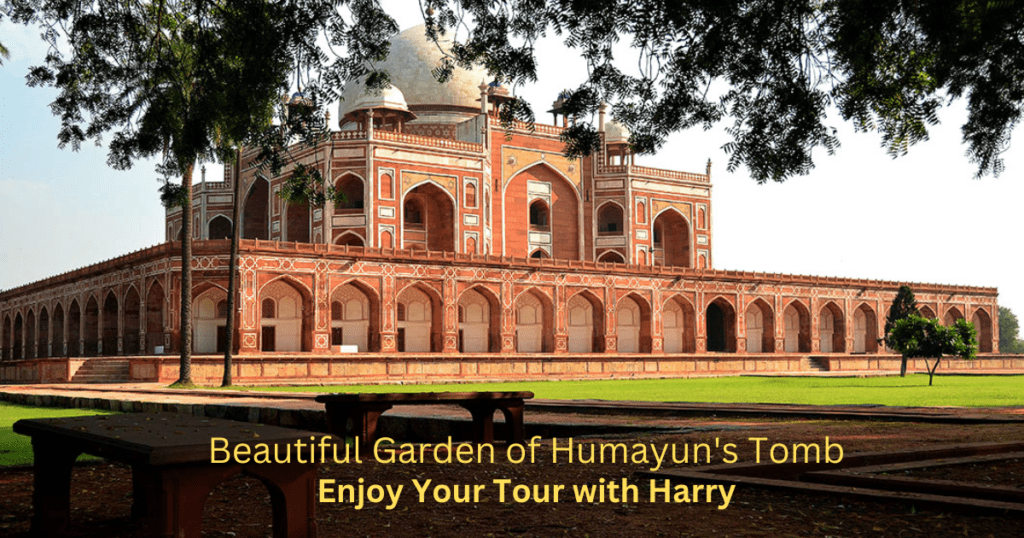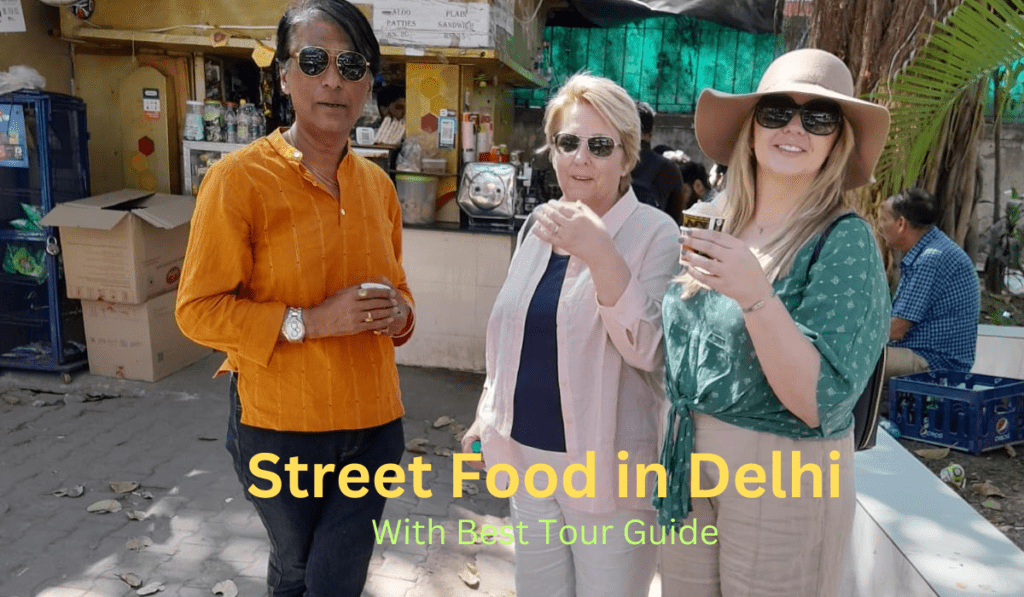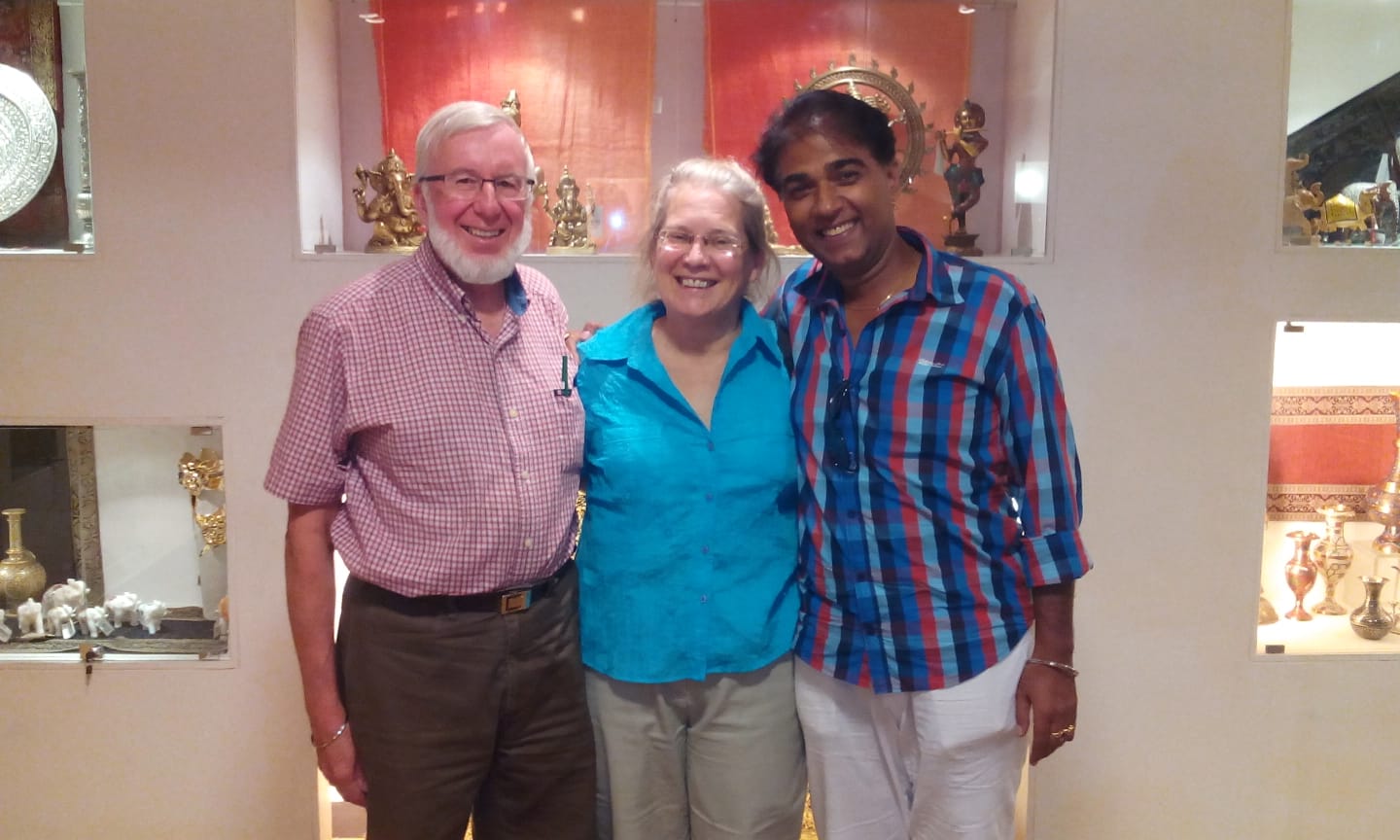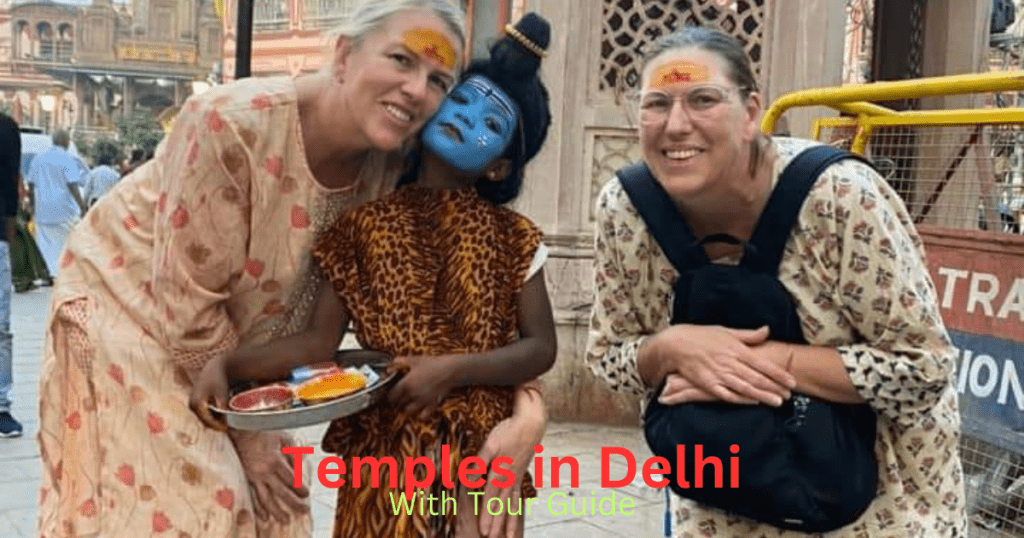Humayun Tomb Tour Guide: Explore the Rich History and Architecture of Humayun Tomb with Harry – A UNESCO World Heritage Site. Humayun Tomb, also known as ‘Humayu ka maqbara,’ is a 16th-century marvel built by Mughal Empress Haji Begum in memory of Emperor Humayun. This masterpiece, crafted from red sandstone and white marble, showcases intricate carvings and filigree work, reflecting a fusion of Indian, Persian, and Islamic styles. To delve into its historical significance, embark on a guided tour with Harry. Discover the architectural uniqueness and immerse yourself in fascinating stories. Check Humayun Tomb timings and ticket information for an enriched visit to this iconic monument, a testament to India’s rich heritage.

Through the halls of Humayun’s Tomb, Harry’s guidance blooms. His knowledge consumes. Marvels of Mughal architecture, he unveils with grace. Leading us on a journey, to a bygone era’s embrace.
Humayun Tomb: A Love Story of Bega Begum in Stone a Tribute
Table of Contents
Humayun Tomb History Build by
Humayun’s Tomb, famous for its stunning architecture built in 1570, is of particular cultural and historical significance. This garden-tomb, a UNESCO World Heritage Site, is a pioneering example on the Indian subcontinent, marking a unique era in history. The tomb’s rich history is intricately woven into the fabric of Mughal architecture, solidifying its status as a masterpiece. Notably, Humayun’s tomb history is believed to have been a source of inspiration for the construction of the Taj Mahal, an iconic symbol of love and beauty built almost a century later. Explore the captivating narrative of Humayun’s Tomb history, a testament to its enduring legacy and influence on India’s architectural heritage.

Since 2018, the Humayuns Tomb history structure is illuminated every evening after sunset, creating a night scene reminiscent of its timeless past. The lighting, mimicking moonlight, enhances the historic ambiance. Although entry is restricted after sunset, breathtaking views from Nizamuddin Bridge and flyovers on Zakir Hussain Marg and Lodi Road offer glimpses of the iconic mausoleum. Walking inside the complex reveals architectural gems like the baradari (pavilion) and the hammam (bathhouse), portraying the historical grandeur of Humayun’s Tomb history.

Bega Begum, aka Haji Begum, the visionary wife of Emperor Humayun, commissioned the mausoleum along the Yemen River, epitomizing a historic tribute. Initiated in 1565, seven years after the emperor’s demise in 1556, the grand shrine and its Charbagh Bagh were completed in 1572, at a cost of Rs 1.5 lakh borne entirely by Begum Bega. Over centuries, Humayun Tomb endured neglect and degradation; 18th-century vegetable gardens replaced the once-beautiful surroundings. Colonial rulers transformed the Charbagh Gardens in the 1860s, but early 20th-century restoration, championed by Lord Curzon, revitalized the mausoleum complex and its historic gardens.

In modern history, Humayun’s Tomb played a vital role during India’s partition in 1947. Serving as a refuge alongside the Old Fort (refugee camp}, it housed migrants bound for Pakistan for about five years, unfortunately resulting in structural and garden damage. The Archaeological Survey of India, assuming control later, diligently restored the monument to its original historic glory, preserving its significance for future generations.
History of Emperor Humayun
Nasir-ud-Din Muhammad as Humayun was the second Mughal emperor who ruled the northern Indian in the 16th century. Humayun was born in Kabul on March 17, 1508, when Babur was trying to expand his empire. He accompanied him on his travels during his youth, and by the age of 18, he was with him at the Battle of Panipat (1526), one of the battles that established the Mughal Empire. They were later part of the Haras from Agra and were sent to settle the Ganges valley which is situated in the eastern part of the empire.

The journeys of Humayun and his father Babur are similar. Both gained territory and expanded it through military conquest and were then exiled. He conquered his territory using force and then died before organizing the empire. Humayun was kind and generous, though he was not a good general and warrior. He was also fond of painting and wrote poetry in Persian. He was a religious person, interested in astrology and art.
Humayun Tomb Architecture

The grand mausoleum complex was designed by Merik Mirza Ghiyas, a Persian architect chosen by the Begum herself. The tomb complex of Humayun was modeled after the Ghor-e-Amir, Timur, located in Samarkand, Uzbekistan, at a cost of one and a half million rupees. It took eight years. was constructed during the period. He died after completing the design and the actual construction was supervised by his son Syed Muhammad bin Mirak Ghiyasuddin. Humayun Tomb a shining example of the Mughal Style of Architecture, incorporating elements of Indian and Persian styles. The mausoleum, 154 feet high and 299 feet wide, is built mainly in red sandstone, while white marble has been used for the two-tiered dome. Designed as a family mausoleum, the structure has 124 small domed chambers within its walls.
Humayun Tomb Architecture is Similar to Taj Mahal in Agra.

A garden of fruit-laden trees, shrubs and flowers surrounded by waterways; The splashing fountains, the cool shady pavilions to sit under the charbagh, were reminiscent of the Garden of Eden (paradise).
According to the Qur’an, ‘Jannat’ (paradise) awaits the believers. It is a place where springs flow from the earth, a place where there are shady groves, trees and shrubs, fruits within easy reach and just waiting to be enjoyed. A place whose paths are filled with water, wine, milk and honey, where the shade of tall trees promises respite from the intense heat, and seas of flowers fill the air with sweet scents.

Humayun Tomb Architecture pioneered the garden-style tomb in India, set amidst Charbagh-style gardens with interconnected ponds. The Persian-inspired Charbagh, surrounding the tomb in a square layout, boasts paved paths, water channels, baths, and pavilions. The main entrance lies on the south side, complemented by another on the west. This Persian-style garden, translating to ‘four gardens,’ is geometrically precise, divided by water bodies and enclosed by walls on three sides, with the Yamuna River on the fourth. The entrance through the southern gateway reveals intricate latticework and stonework, leading to an octagonal burial chamber beneath the white dome. The tomb, standing at 47 meters, incorporates a Persian double dome, a pioneering feature at 42.5 meters in height, with the inner structure supporting a marble outer structure—a harmonious blend of architectural finesse and historical significance.
In addition to the Emperor’s Tomb, several other tombs and monuments are part of the complex, including tombs of other Mughal royals like Emperor Jahandar Shah, Muhammad Kambakhsh Farrukh Siyar, Rafi-ud-Daulat, Rafi-ud-Darraj and Alamgir II. Tomb of Dara Shikoh, the eldest son of Shah Jahan
Humayun Tomb-Timings Ticket Information
Location: Mathura Road, Nizamuddin East
Timings: 6:00 AM to 6:00 PM; daily
UNESCO World Heritage Status
Entry fee: Indians: ₹30 by card, 40 by cash/ 550 for foreigners by Card, ₹600 by Cash
Photography: still camera: free
video camera: Rs 25
Nearest metro station: Jawaharlal Nehru Stadium , JorBagh
Humayun’s Tomb Delhi, It is also called: Humayun ka Maqbara
Appointed by: Humayun’s first wife Begum Begum alias Haji Begum.
Establishment year: 1565 to 1572
Architect: Merik Mirza Ghiyas and his son Syed Muhammad
Architectural style: mughal style
Construction cost: Rs 1.5 crore
Dimensions: 47 m (Height) x 91 m (Width)
The materials used: are red sandstone and white marble Black Marbel.
Humayun Tomb Complex Things to See

1. In addition to the grandeur of Humayun’s Tomb and its remarkable architecture, there are several notable features and things to see around the complex. One significant attraction is Isa Khan’s Tomb (Isa Khan ka Maqbara) and mosque, a domed complex that predates the main tomb by 30 years. Upon entering from the west, a path flanked by various monuments leads to the main shrine. The most prominent among them is the tomb of Isa Khan Niazi, an Afghan noble from the court of Sher Shah Suri. Encircled by an octagonal garden, this magnificent mausoleum predates Humayun’s mausoleum by 20 years. Constructed during the reign of Sher Shah Suri’s son, Islam Shah Suri, the complex houses the graves of all members of Isa Khan’s family. Adjacent to this mausoleum stands a red sandstone mosque, where experts believe that certain architectural details were borrowed from the Mughal emperors, albeit on a larger scale. Explore these historical gems to gain a comprehensive understanding of the rich heritage encapsulated within the Humayun’s Tomb complex.
2. Arab Sarai, Within the expansive grounds of Humayun’s Tomb, visitors can explore various historical treasures beyond the main mausoleum. One remarkable feature to discover is Isa Khan’s Tomb (Isa Khan ka Maqbara) and mosque, a domed complex predating the main tomb by 30 years. As you enter from the west, a path lined with monuments on either side leads to the main shrine. The standout among them is the tomb of Isa Khan Niazi, an Afghan noble from Sher Shah Suri’s court. Enclosed by an octagonal garden, this magnificent mausoleum precedes Humayun’s mausoleum by two decades, built during the reign of Sher Shah Suri’s son, Islam Shah Suri. The complex serves as the final resting place for all members of Isa Khan’s family, complemented by a red sandstone mosque, exhibiting borrowed architectural details on a grand scale from the Mughal emperors.
Adding to the historical allure is the Arab Sarai, another noteworthy site near Humayun’s Tomb. The Arab Sarai functions as a resting place for the builders and artisans involved in the construction of the mausoleum. This enclave offers a poignant glimpse into the lives and contributions of those who crafted this architectural marvel. Together, Isa Khan’s Tomb and Arab Sarai enrich the visitor’s experience, providing a holistic view of the cultural and historical significance embedded within the Humayun’s Tomb complex.
3. Afsarwala’s Tomb and Mosque
4. The Tomb and Gardens of Bou Halimah, a garden complex containing a tomb on a raised platform.5. Nila Gumbad, a domed octagonal mausoleum Blue Dome Just outside the boundaries of the complex is the Blue Dome, so called because of its bright blue glazed tiles. It was made by the son of a courier in the court of Mughal Emperor Akbar for his favorite servant Mian Fahim. The tomb is notable for its architecture with an octagonal exterior, and interestingly a square interior with walls decorated with painted stucco.
6. Chilla Nizamuddin Auliya, the residence of Nizamuddin Auliya, the patron saint of Delhi Challa Nizamuddin Auliya: A masterpiece of Tughluq era architecture, this structure at the north-eastern end of the main shrine is believed to be the residence of Nizamuddin Auliya.
7. Barber’s Dome, Tomb of the Royal Barber Nai Ka Tomb Surrounded by a charbagh, Nai Ka Gumbad or Nai Ka Tomb is situated at the south-eastern end. This tomb of 1590-91 AD belongs to the royal barber in Humayun’s court. The fact that the barber in question was supported by the Mughal emperor is confirmed by the presence of his tomb near the main mausoleum.
8. Tomb of Hamida Begum, one of Humayun’s wives and Akbar’s mother
Humayun Tomb Timings and Ticket
Humayun’s Tomb timings are from 6 AM to 6 PM. Humayun Tomb entry fee is Rs 30 for tourists from Indian cities and SAARC countries (Bangladesh, Nepal, Bhutan, Sri Lanka, Pakistan, Maldives and Afghanistan) and BIMSTEC (Bangladesh, Nepal, Bhutan, Sri Lanka, Thailand and Myanmar). While the ticket price for tourists other than these countries is Rs. 550 card or 600 cash per person
Humayun Tomb Nearest Metro Station
JLN Stadium on the Purple Line is the nearest metro station to Humayun’s Tomb, just 2 km away. You can either drive an auto rickshaw or walk on a suitable weather day. The next closest is Jorbagh Metro Station on the Yellow Line, which is about 5 km from Humayun’s Tomb. Take a radio taxi or auto-rickshaw, and you’ll be there in 15 minutes.
Humayun Tomb Nearest Bus Stand
Buses operated by the Delhi Transport Corporation (DTC) stop at strategic locations in the city. All public transport buses stop at Nizamuddin Police Station which is about 900 meters from Humayun’s Tomb.
Humayun Tomb Nearest Railway Station
Nizamuddin Railway Station is the nearest railway station to Humayun’s Tomb at about 2.2 km. There are plenty of auto rickshaws available from the station to take you to the monument. Depending on the city you are coming from, you will find many trains that stop at Hazrat Nizamuddin.
Humayun’s Tomb Tour Guide

Harry is an outstanding tour guide for Humayun’s Tomb, making the historical journey an unforgettable experience. His deep knowledge of the monument’s history and architecture adds immense value to the tour, offering fascinating insights and stories that bring the site to life. Harry’s passion for the subject is evident in his engaging narrative, making the visit not just informative but also enjoyable. His ability to navigate the complex seamlessly, pointing out intricate details and sharing anecdotes about the Mughal era, showcases a level of expertise that enhances the overall experience. With a friendly demeanor and a knack for storytelling, Harry creates a welcoming atmosphere, ensuring visitors leave with a profound understanding and appreciation for Humayun’s Tomb. Highly recommended for an enriching and delightful exploration of this iconic historical landmark.

Harry is the ultimate tour guide for Humayun’s Tomb, transforming the visit into an extraordinary journey through time and architecture. His in-depth knowledge effortlessly weaves together the historical tapestry of this UNESCO World Heritage Site, making every step a revelation. Harry’s captivating storytelling unveils the secrets behind the intricate carvings and majestic structure, immersing tourists in the grandeur of the Mughal era. His expertise in navigating the complex ensures a seamless exploration, with each corner revealing hidden gems and historical anecdotes. With a friendly and approachable demeanor, Harry creates an immersive experience, turning the tour into a memorable adventure. For anyone seeking a blend of historical fascination and tourist delight, Harry’s guided tour is an absolute must for an enriching and enjoyable visit to Humayun’s Tomb.
Humayun Tomb Nearby places to See
Humayun’s Tomb is surrounded by a wealth of historical sites, and one nearby gem is Lodhi Garden, a vast green park nestled in the heart of Delhi. This expansive park is not only a serene oasis but also a repository of architectural marvels from the Delhi Sultanate, housing the tombs and structures of rulers Muhammad Shah and Sikandar Lodhi. With a history spanning nearly 500 years, the garden resonates with Delhi’s grand narrative. The impressive architecture and lush greenery create an enchanting atmosphere, making Lodhi Garden a special attraction in the national capital.
Under the meticulous care of the Archaeological Survey of India, Lodhi Garden boasts structures from three distinct dynasties: the Tughlaqs, Mughals, and the British. This historic site harmoniously blends natural beauty with architectural heritage, offering a tranquil retreat for visitors. The proximity of Lodhi Garden to Humayun’s Tomb makes it an ideal companion visit, allowing history enthusiasts to delve into the rich tapestry of Delhi’s past within a short distance of these two iconic landmarks.
Nizamuddin Dargah near Humayun Tomb
Humayun’s Tomb is not only surrounded by architectural wonders but also by spiritually significant sites, such as Hazrat Nizamuddin Dargah in Delhi. This revered shrine stands as one of the most popular in the city, constructed in memory of Hazrat Nizamuddin Auliya, a beloved Sufi Chishti saint who lived from 1238 to 1325. The Dargah holds a special place in the hearts of many, drawing pilgrims and seekers of spiritual solace from various walks of life.
While exploring the vicinity of Humayun’s Tomb, a visit to Hazrat Nizamuddin Dargah provides a unique cultural and spiritual experience. The Dargah’s tranquil ambiance and architectural beauty contribute to its popularity as a place of reverence. Devotees and visitors alike are drawn to the soothing rhythms of qawwalis (devotional songs) that echo through the air, creating an atmosphere of divine connection.
In addition to the historic and cultural attractions, this spiritual journey near Humayun’s Tomb adds another layer to the rich tapestry of experiences one can have in the heart of Delhi. The coexistence of these diverse sites, from the grandeur of Humayun’s Tomb to the spiritual serenity of Hazrat Nizamuddin Dargah, offers a well-rounded exploration of the city’s cultural and historical heritage.
Khan e Khana’s Tomb near Humayun Tomb
Abdul Rahim’s mausoleum is located on the banks of the Yamuna in Delhi. It is said that the gardens of this tomb extended to Humayun tomb. The Tomb of Rahim Khan e Khana’s is located in Nizamuddin East, New Delhi. This tomb belongs to Abdul Rahim Khan e Khan who was one of the important ministers who served during the reign of Mughal emperors Akbar and Jahangir.







Your article helped me a lot. what do you think? I want to share your article to my website: gate io